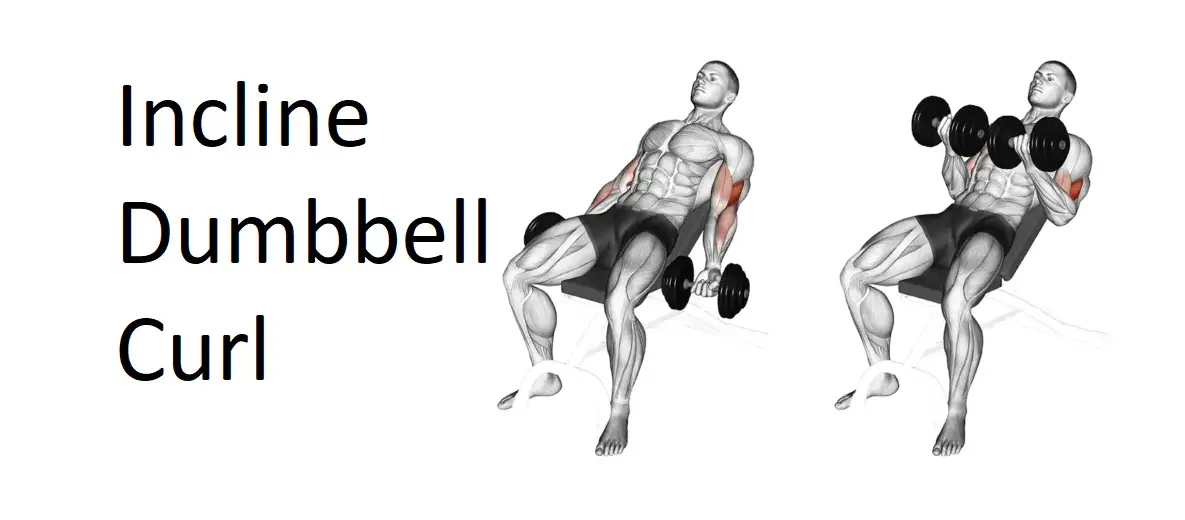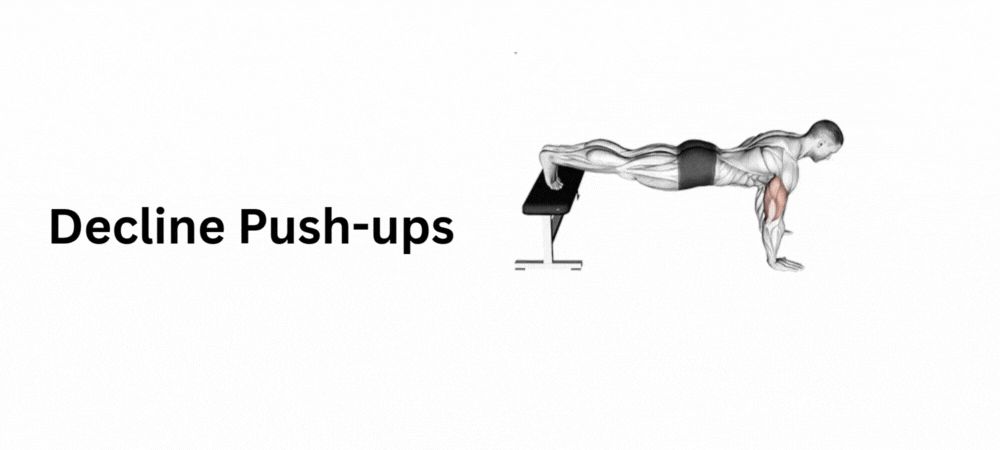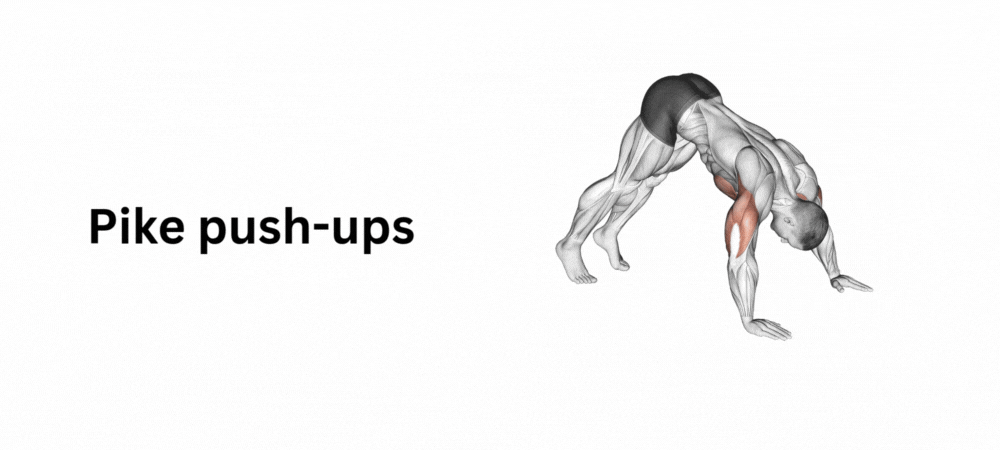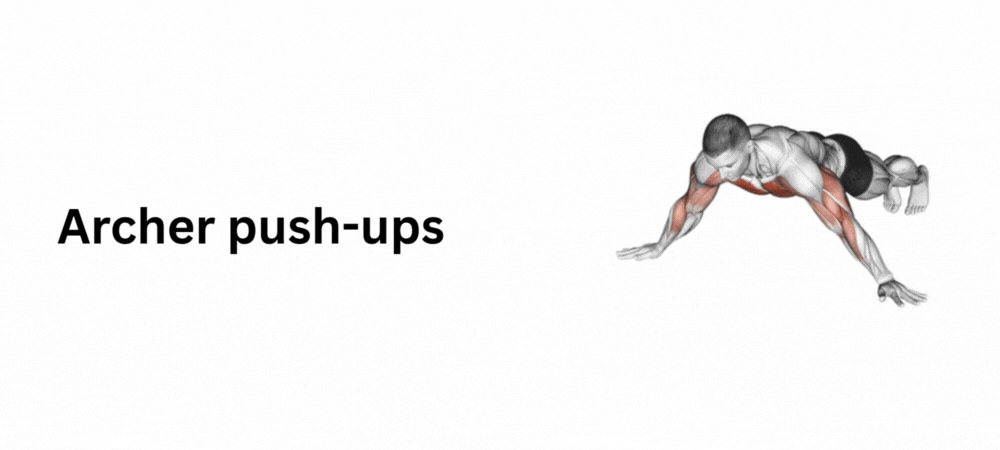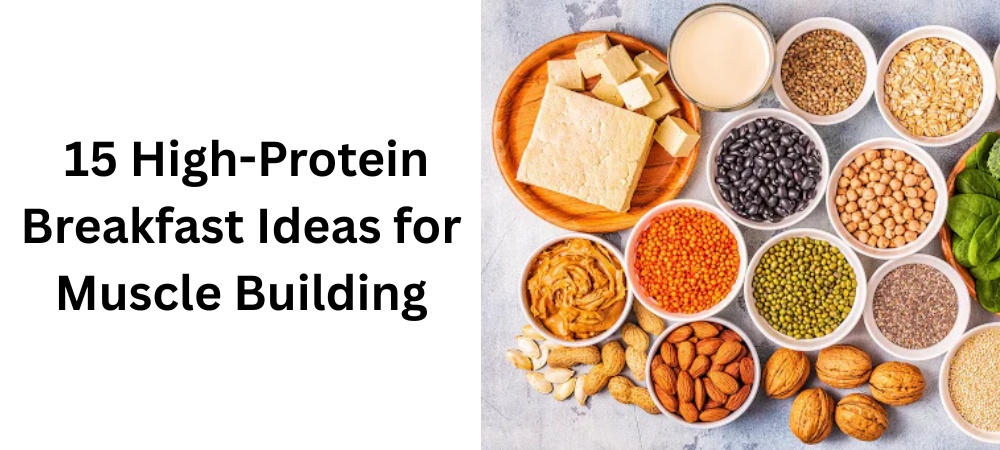The Incline Dumbbell Curl is a variation of the traditional biceps curl that targets the biceps muscles from a different angle. By performing the exercise on an incline bench, the stretch and contraction on the biceps are enhanced, leading to greater muscle activation and growth. In this comprehensive guide, we’ll explore the correct technique, benefits, variations, and other essential details associated with the Incline Dumbbell Curl.
Instructions
Setup:
- Adjust the Bench: Set an incline bench to an angle of approximately 45 degrees. Ensure that the bench is stable and securely positioned.
- Select Dumbbells: Choose a pair of dumbbells that allow you to perform the exercise with proper form and control. Start with lighter weights if you’re new to the exercise and gradually increase the resistance as needed.
Execution:
- Starting Position: Sit on the incline bench with your back flat against the pad and your feet firmly planted on the floor. Hold a dumbbell in each hand, arms fully extended, and palms facing forward.
- Curling Motion: Keeping your upper arms stationary and your elbows close to your sides, exhale as you flex your elbows and curl the dumbbells towards your shoulders in a smooth, controlled motion.
- Peak Contraction: Once the dumbbells reach shoulder level or slightly higher, pause for a brief moment to squeeze your biceps at the top of the movement. Focus on maintaining tension in the biceps throughout the contraction.
- Lowering Phase: Inhale as you slowly lower the dumbbells back to the starting position, maintaining control over the descent. Avoid letting the weights drop quickly or using momentum to lift the weight.
- Repeat: Perform the desired number of repetitions with proper form and control, aiming for a full range of motion and maximizing muscle activation in the biceps.
Tips:
- Ensure that the bench is set to an appropriate angle that allows for a comfortable and effective range of motion.
- Keep your back flat against the bench and your chest up throughout the exercise to maintain proper posture and stability.
- Focus on using a controlled tempo, emphasizing the eccentric (lowering) phase of the movement to maximize muscle activation and stimulate muscle growth.
Benefits
- Enhanced Muscle Activation: The incline angle of the bench increases the stretch and contraction on the biceps muscles, leading to greater muscle activation and growth compared to traditional curls.
- Variation: Performing the exercise on an incline bench provides a unique variation to traditional biceps curls, helping to break through plateaus and stimulate new muscle growth.
- Isolation: The Incline Dumbbell Curl isolates the biceps muscles by stabilizing the upper arms and minimizing the involvement of other muscle groups, leading to more targeted and effective biceps training.
- Joint Support: The incline bench provides support for the upper arms and reduces strain on the elbows and wrists, allowing for safer and more comfortable exercise execution.
Muscles worked in Incline Dumbbell Curl
The Incline Dumbbell Curl primarily targets the biceps brachii muscles, which are located on the front of the upper arm. However, several other muscles are also involved in supporting and stabilizing the movement. Here are the main muscles worked during the Incline Dumbbell Curl:
- Biceps Brachii: As the primary mover in the exercise, the biceps brachii muscles are heavily engaged during the Incline Dumbbell Curl. They are responsible for flexing the elbow joint and bringing the hand towards the shoulder.
- Brachialis: The brachialis muscle lies underneath the biceps brachii and plays a significant role in elbow flexion. It is activated to a lesser extent compared to the biceps brachii but still contributes to the overall strength and size of the upper arm.
- Brachioradialis: The brachioradialis muscle is located on the forearm and assists in elbow flexion. It is activated during the Incline Dumbbell Curl, especially when using heavier weights or when the forearm is in a neutral position.
- Forearm Muscles: The muscles of the forearm, including the flexor muscles, are involved in maintaining grip on the dumbbells and stabilizing the wrist joint during the curling motion. They provide support and stability throughout the exercise.
Overall, the Incline Dumbbell Curl is an effective exercise for targeting the muscles of the upper arm, particularly the biceps brachii, while also engaging other supporting muscles to provide stability and control. By performing the exercise with proper form and technique, you can effectively develop strength, size, and definition in the biceps.
Alternate names for Incline Dumbbell Curl:
- Incline Curl
- Incline Bicep Curl
- Dumbbell Incline Arm Curl
- Incline Dumbbell Arm Curl
Variations
- Single-Arm Incline Dumbbell Curl: Perform the exercise one arm at a time to focus on each biceps individually and address any strength imbalances between the left and right arms.
- Alternating Incline Dumbbell Curl: Alternate curling each arm while the other arm remains stationary. This variation allows for continuous tension on the biceps and can increase the intensity of the exercise.
- Hammer Incline Dumbbell Curl: Perform the curling motion with your palms facing each other (neutral grip) instead of facing up. This variation targets the brachialis and brachioradialis muscles to a greater extent.
Conclusion
The Incline Dumbbell Curl is an effective exercise for targeting the biceps muscles from a different angle, leading to enhanced muscle activation and growth. By mastering the correct technique, incorporating variations, and progressively overloading the muscles, you can achieve impressive results in biceps development and overall upper body strength.

